Causes of Hairloss
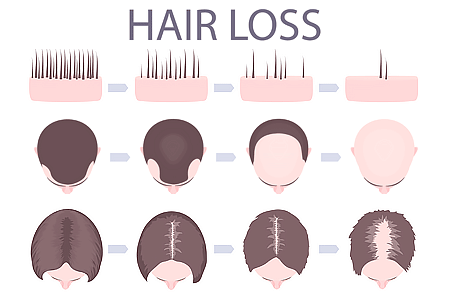
Genetic hair loss
also known as androgenetic alopecia, is the most common cause of hair loss in both men and women. It is caused by a combination of genetics and hormones.
In men, genetic hair loss typically presents as male pattern baldness, which is characterized by a receding hairline and thinning of the hair on the top and crown of the head. This type of hair loss is caused by an inherited sensitivity to the hormone dihydrotestosterone (DHT). DHT causes the hair follicles to shrink, resulting in thinner and shorter hairs.
In women, genetic hair loss typically presents as female pattern hair loss, which is characterized by a general thinning of the hair on the top and crown of the head. This type of hair loss is also caused by an inherited sensitivity to DHT.
Age
Hair loss can be a normal part of the aging process and is often not a cause for concern. As people age, their hair may become thinner and may not grow as quickly as it did when they were younger. This is due to a combination of factors, including changes in hormone levels and a decrease in the production of natural oils that help to moisturize the scalp and hair.At some point, hair follicles stop growing hair, which causes the hair on our scalp to thin. Hair also starts to lose its color
Age-related hair loss cannot be reversed, there are treatment options available that can help to slow the progression of hair loss and stimulate the regrowth of hair.
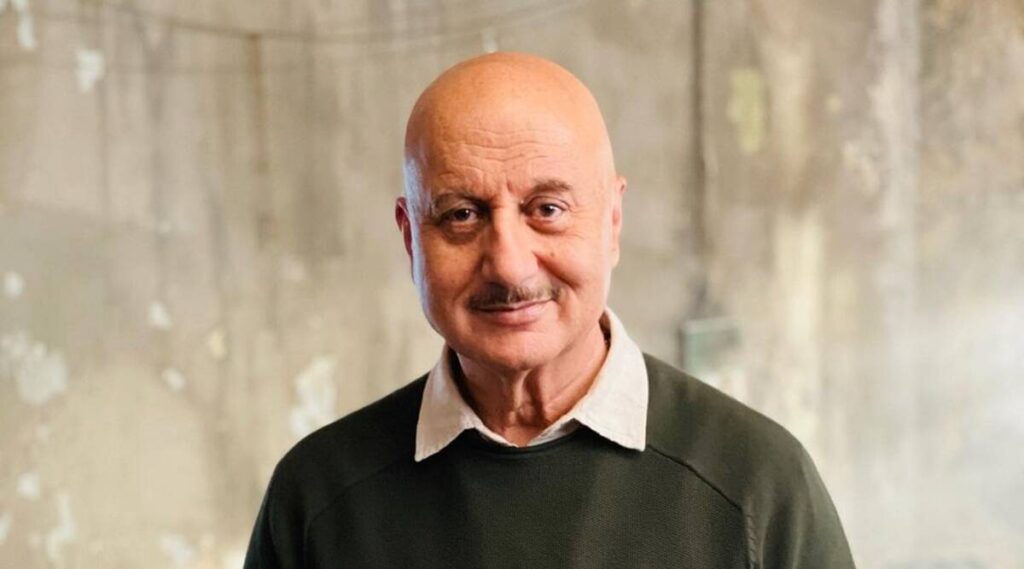

Alopecia areata
Alopecia areata is a type of hair loss that occurs when the immune system mistakenly attacks hair follicles, causing hair to fall out. Alopecia areata can affect anyone, regardless of age or gender, and it can cause hair loss on any part of the body, including the scalp, eyebrows, and eyelashes.
The exact cause of alopecia areata is unknown, but it is believed to be related to a combination of genetic and environmental factors. Some research suggests that alopecia areata may be triggered by stress, illness, or certain medications.
Alopecia areata can be mild, with only a few patches of hair loss, or it can be more severe, causing complete hair loss on the scalp (alopecia totalis) or total loss of body hair (alopecia universalis).
Cancer treatment
Hair loss (alopecia) is a common side effect of chemotherapy, a type of cancer treatment that uses medications to kill cancer cells. Chemotherapy can cause hair loss all over the body, including the scalp, eyebrows, eyelashes, and body hair. The extent of hair loss can vary from person to person and depends on the type and dose of chemotherapy being used.
Chemotherapy works by targeting rapidly dividing cells, such as cancer cells. However, it can also affect other rapidly dividing cells in the body, including those in the hair follicles. As a result, chemotherapy can cause the hair follicles to stop growing and producing new hair, leading to hair loss.
Hair loss due to chemotherapy is usually temporary and begins about two to three weeks after treatment starts. The hair typically begins to regrow within a few weeks to a few months after chemotherapy is completed. The new hair may be a different color or texture than the hair that was lost.

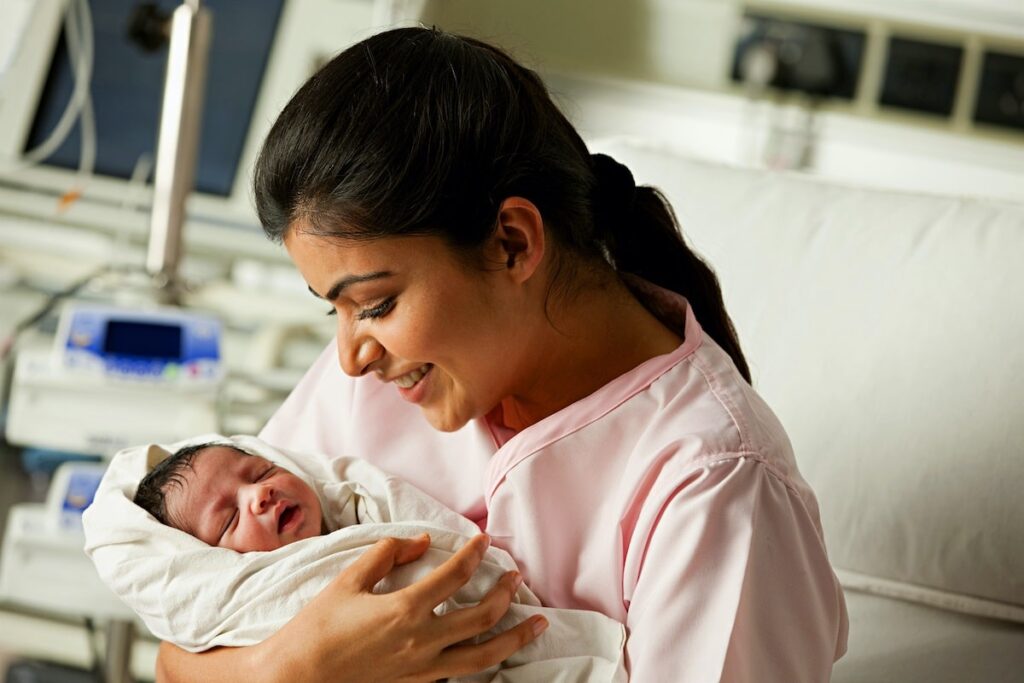
Childbirth
During pregnancy, levels of the hormone estrogen increase, which can cause the hair to enter a resting phase known as the telogen phase. As a result, the hair may not fall out as quickly as it normally would, leading to thicker, healthier-looking hair.
After childbirth, estrogen levels return to normal, and the hair that was in the resting phase begins to fall out. This process, known as postpartum hair shedding, can cause temporary hair loss and thinning.
Postpartum hair shedding typically begins about three to four months after childbirth and can last for several months. The hair usually returns to its normal thickness and appearance within six to 12 months after childbirth.
To manage hair loss after childbirth, it’s important to take good care of your hair and scalp. This includes using a gentle shampoo and conditioner, avoiding heat treatments and tight hairstyles, and getting enough protein and other nutrients in your diet.
Hairstyles
Certain hairstyles can cause hair loss by damaging the hair shaft and hair follicles. Tight hairstyles, such as ponytails, cornrows, and braids, can put excessive tension on the hair and scalp, leading to hair loss. These styles can cause a condition called traction alopecia, which is characterized by hair loss along the hairline and at the temples.
Other hairstyles that can cause hair loss include those that involve the use of chemical treatments, such as hair dyes and relaxers, and heat treatments, such as flat irons and curling irons. These treatments can damage the hair and scalp, leading to hair loss.
To prevent hair loss due to hairstyle, it’s important to choose hairstyles that do not put excessive tension on the hair and scalp and to avoid harsh chemical and heat treatments

Hormonal imbalance
Hormonal imbalances can cause hair loss in both men and women. In women, hormonal imbalances, such as those that occur during menopause, pregnancy, and thyroid problems, can cause hair loss.
During menopause and PCOS, a woman’s body experiences a decrease in estrogen and an increase in androgens (male hormones), which can cause the hair to thin and fall out. Pregnancy can also cause hormonal changes that can lead to hair loss, as can certain medical conditions that affect the thyroid gland, such as hypothyroidism (an underactive thyroid) and hyperthyroidism (an overactive thyroid).
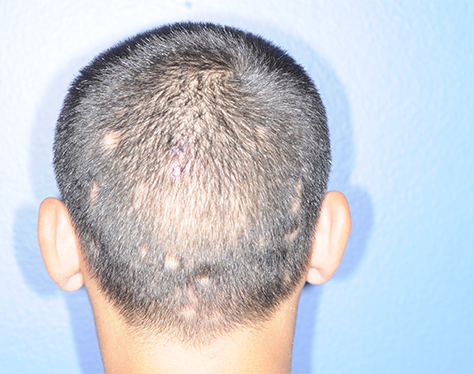
Scalp infection
Certain types of scalp infections can cause hair loss. Scalp infections can be caused by a variety of factors, including bacteria, fungi, and parasites. Some common types of scalp infections that can cause hair loss include:
Folliculitis: Folliculitis is an infection of the hair follicles that can cause red, itchy bumps on the scalp. It is usually caused by bacteria or fungi and can be treated with antibiotics or antifungal medications.
Tinea capitis: Tinea capitis, also known as scalp ringworm, is a fungal infection that can cause hair loss and a scaly, itchy rash on the scalp. It is treated with antifungal medications.
Lice: Lice are tiny parasites that live on the scalp and hair and can cause itching and hair loss. Lice are treated with over-the-counter or prescription medications.
Medication
Medications that may cause hair loss include:
Chemotherapy drugs: Chemotherapy drugs, which are used to treat cancer, can cause hair loss all over the body.
Antidepressants: Some antidepressants, such as selective serotonin reuptake inhibitors (SSRIs), can cause hair loss.
Blood thinners: Medications that thin the blood, such as warfarin and heparin, can cause hair loss.
Beta blockers: Beta blockers, which are used to treat high blood pressure and other conditions, can cause hair loss.
Nonsteroidal anti-inflammatory drugs (NSAIDs): NSAIDs, such as ibuprofen and naproxen, can cause hair loss in some people.

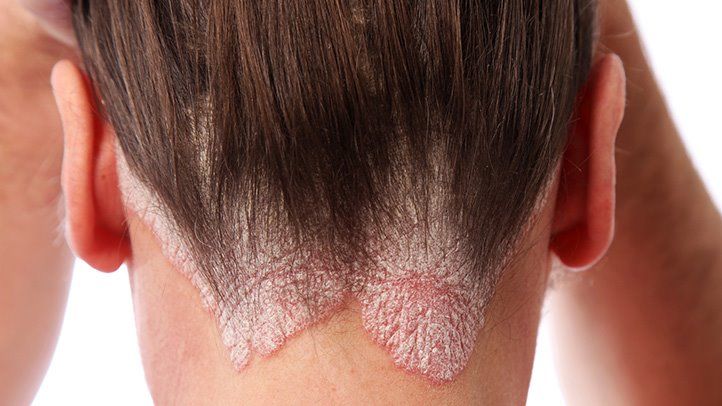
Scalp psoriasis
Scalp psoriasis is a common skin condition that causes red, scaly patches to form on the scalp. It can also cause hair loss, although this is typically temporary. Hair loss from scalp psoriasis is usually due to the inflammation and irritation caused by the condition, which can damage the hair follicles and disrupt the normal hair growth cycle.
Thyroid disease
The thyroid gland produces hormones that regulate various bodily functions, including hair growth. When the thyroid gland is not functioning properly, it can cause changes in the body that may lead to hair loss.
Hair loss due to thyroid disease is typically diffuse, meaning that it occurs all over the scalp rather than in specific patches. It may be accompanied by other symptoms of thyroid disease, such as fatigue, weight changes, and dry skin. Hair loss due to thyroid disease is reversible with treatment, but it may take several months for hair to regrow.
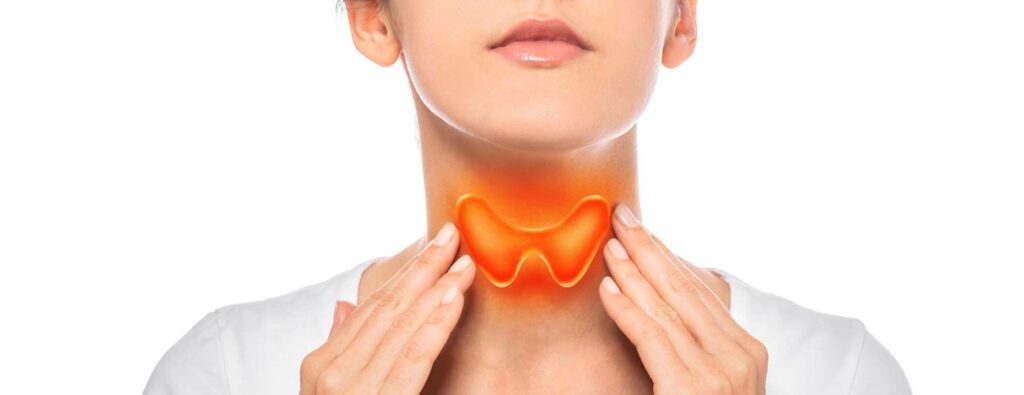

Malnutrition
Malnutrition can cause hair loss in some people. The hair follicles rely on proper nutrition, including a balanced diet with enough protein, iron, and other nutrients, to grow and maintain healthy hair. When the body does not receive adequate nutrition, the hair growth cycle may be disrupted, leading to hair loss.
Protein: Hair is made up of a protein called keratin, so it’s important to get enough protein in your diet to support hair growth. Good sources of protein include meat, poultry, fish, beans, and nuts.
Iron: Iron is necessary for the production of red blood cells, which carry oxygen and nutrients to the hair follicles. Low iron levels can lead to hair loss. Good sources of iron include red meat, poultry, beans, nuts, and leafy green vegetables.
Zinc: Zinc is important for healthy hair growth and repair. Good sources of zinc include meat, seafood, dairy products, and whole grains.
Vitamin C: Vitamin C helps the body absorb iron, which is necessary for hair growth. Good sources of vitamin C include citrus fruits, berries, and leafy green vegetables.
